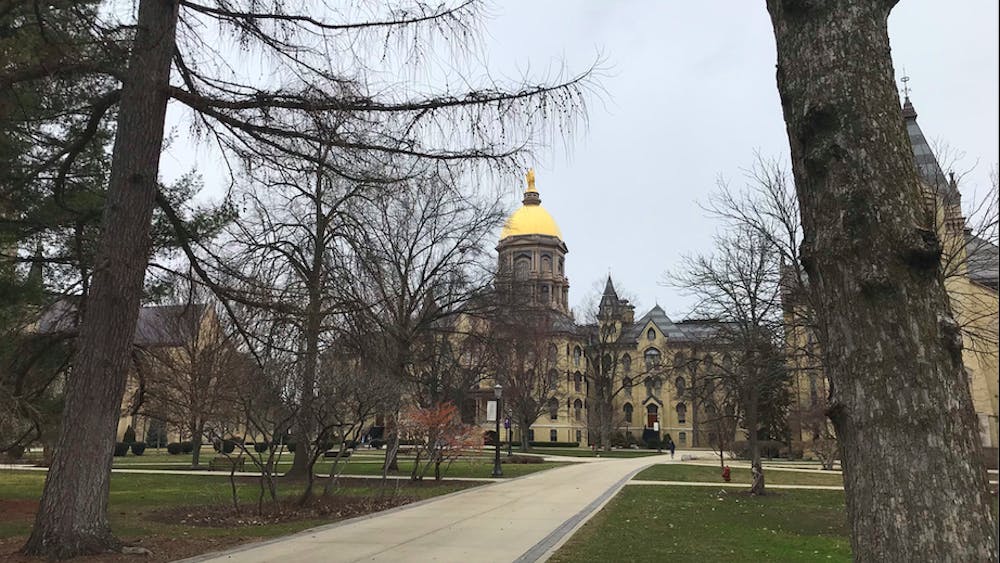Notre Dame Law professor Jennifer Mason McAward recently completed what is considered the largest-ever study on Brady violations—a failure by the government to disclose exculpatory evidence to a criminal defendant, as constitutionally required. Her landmark research sought to uncover a somewhat hidden, yet very persistent crisis within the U.S. justice system.
"It happens more than you'd think," McAward said, summarizing the frequency with which the government either withheld or mismanaged evidence that could have exonerated individuals standing trial.
Brady violations were named after the 1963 Supreme Court case Brady v. Maryland, which established that suppression of such evidence violated due process, regardless of the prosecution's intent. But intent, McAward found, mattered a lot in practice.
Through years of sifting through hundreds of judicial opinions and assembling patterns from scattered court records, McAward discovered two primary categories of violations, which she labeled bad faith and good faith cases.
"Bad faith was—you did this on purpose. You knew exactly what you were doing," she said. "Good faith didn't necessarily mean they acted well ... it was kind of the catch-all category for these non-intentional violations."
In both scenarios, the consequences were troubling. McAward recounted cases where individuals were sentenced to death before it was revealed that critical exculpatory evidence had been hidden. While the public might have associated such misconduct with rare scandals, McAward's study showed it to be a structural problem—one embedded in both human nature and institutional design.
Prosecutors were trained to believe in the cases they brought, which often skewed their perception of what counted as important evidence.
"You kind of viewed the evidence through the lens that you believed somebody was guilty," she said. "Sometimes you just didn't appreciate what evidence might actually show, other than the defendant’s own guilt."
This, she argued, was not always malicious—it was sometimes just human. Prosecutors may have overlooked key details because they were under pressure to convict, and police departments may have failed to pass on evidence altogether.
"There was a good-sized chunk of cases where the police had the evidence and they didn't even give it to the prosecutor," she added, "and then [the prosecutor] didn't give it to the defendant."
That breakdown in communication—what McAward called an "information pipeline failure," raised urgent questions about governance, training and institutional accountability.
Nevertheless, she said that "the majority of cases involved the government intentionally hiding evidence. So understanding that it was relevant, that it could show that somebody was innocent, and they deliberately hid it to get a conviction."
Equally troubling, she found, was what happened after the violations were uncovered. One of the most disturbing findings of McAward's research was how difficult it was for defendants to obtain justice after a Brady violation was discovered.
"It was very hard to hold the government accountable," she said. "It was hard to get a new trial. It was hard to sue somebody for money damages. It was hard to get policy change."
This frustration, in fact, was part of what motivated McAward to pursue the project in the first place. According to McAward, no one case held greater importance or was particularly influential in shaping her insights.
"I read every court case where the defendant mentioned Brady v. Maryland, so it took a long time to get through all those cases to find the ones where the court actually agreed that it was violated. And so for me, it wasn't that any one case was impactful."
What struck her most was not a single landmark decision, but rather the sheer volume of cases in which defendants claimed to have been treated unfairly. The pattern of alleged Brady violations revealed a disturbing trend. It was the cumulative weight of these cases, rather than any one ruling, that shaped her understanding of the systemic nature of prosecutorial misconduct and the fragility of due process in practice.
To McAward, those trends told a powerful story—one that had the potential to reshape how prosecutors and judges thought about justice. This vision for reform also led her to examine existing and emerging efforts to reduce violations. She was especially struck by the role state courts played in enforcing Brady, often with limited tools.
"One of the things I hoped to do was share my findings with state court judges so they could understand the importance of what they were doing," she said.
One promising reform is open file discovery, a practice where prosecutors provided the defense with full access to their files. But even this came with trade-offs.
"Defense counsel were notoriously underfunded and overworked," she warned. "It created a huge workload burden on the defendant … that you wouldn't necessarily have if the prosecutor was able to flag what they thought was the Brady material."
Even so, McAward believed it was a step in the right direction—and one that could be strengthened by procedural safeguards and better communication between law enforcement and legal teams.
Ultimately, McAward emphasized that none of this work would have been possible without a large team of Notre Dame research assistants, she expressed. She credited them not only with helping comb through thousands of cases but also with enriching the depth of the final report.
"There were plenty of opportunities to participate in faculty research," she emphasized. "We, as faculty members, were really, really grateful that we had the added brainpower and skill of our student body."










